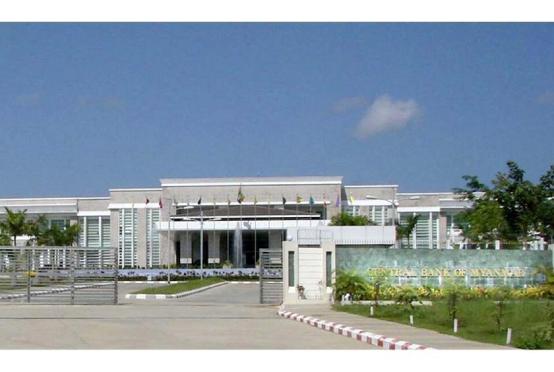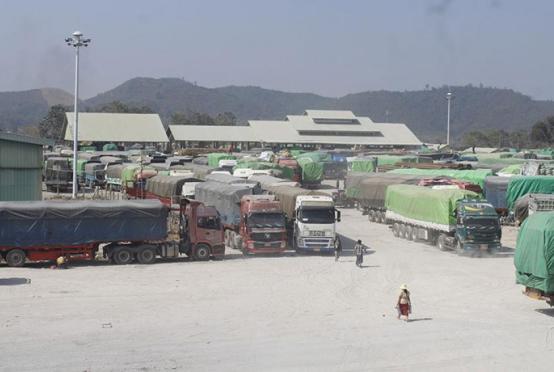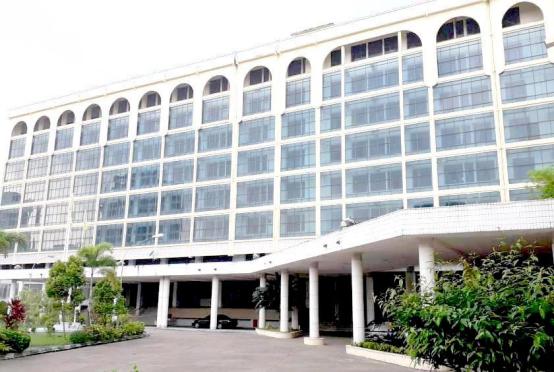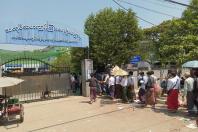KATHMANDU (The Kathmandu Post/ANN) - The trade deficit grew 17 per cent in the first 11 months of the last fiscal year.
Nepal’s rising trade deficit is taking a toll on the country’s foreign currency reserves which fell by 8.2 percent to $9.25 billion, according to the Current Macroeconomic Report of Nepal Rastra Bank. At this rate, Nepal has enough to cover the import of goods and services for less than eight months.
The trade deficit grew 17 percent in the first 11 months of the last fiscal year. The balance of payments deficit stood at Rs90.83 billion during the review period (mid-July 2018 to mid-June 2019).
Balance of payments records a country’s financial transactions with the rest of the world under two subheadings—current account and capital account.
The current account registered a deficit of Rs248.72 billion, up from a deficit of Rs210.24 billion during the same period in 2017-18. The current account involves the net value of trade in goods, trade in services, transfers and income from abroad.
Nepal’s foreign income has not been able to sustain expenses as imports have exceeded exports by a wide margin, resulting in trade deficit of a whopping Rs1,211.96 billion in the first 11 months of the 2018-19 fiscal year, which recently ended July 16. The trade deficit during the period was around 37 percent of the country’s gross domestic product.
Nepal’s expense on goods import surged by 17.3 percent to Rs1,299.80 billion due to soaring demand for mainly petroleum products, aircraft spare parts, readymade garments electrical goods and iron. Exports, on the other hand, was up 18.7 percent and stood at Rs87.83 billion.
The foreign income loss triggered by a mismatch in import and export earnings is offset by remittance inflow to some extent. Over the period, the country earned Rs799.02 billion from remittance, the major source of the country’s foreign currency earnings for over two decades. Despite remittance earnings rising by 17.5 percent, the exaggerating import bills exerted pressure on the country’s foreign currency reserves.
Nepal also faced net loss of Rs10.56 billion from the service trade. The central bank’s statistics show that Nepalis going abroad spent Rs80.45 billion while the country earned Rs68.63 billion from tourists who visited Nepal.
Under the capital account, capital transfer—an investment in purchase of fixed assets—registered at Rs13.88 billion, down from Rs15.02 billion. The amount of foreign direct investment that the country received also went down to Rs11.81 billion from Rs15.88 billion.
Keshab Acharya, who served as an economic advisor to the Ministry of Finance, said the pressure on the foreign currency reserves could affect national pride projects that need a large amount of money to purchase equipment from abroad. “It may also affect the country’s capacity to repay foreign debt and sink the country into a debt trap in the long run,” said Acharya.
















